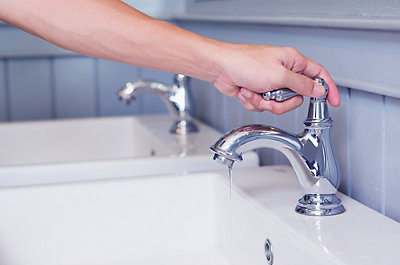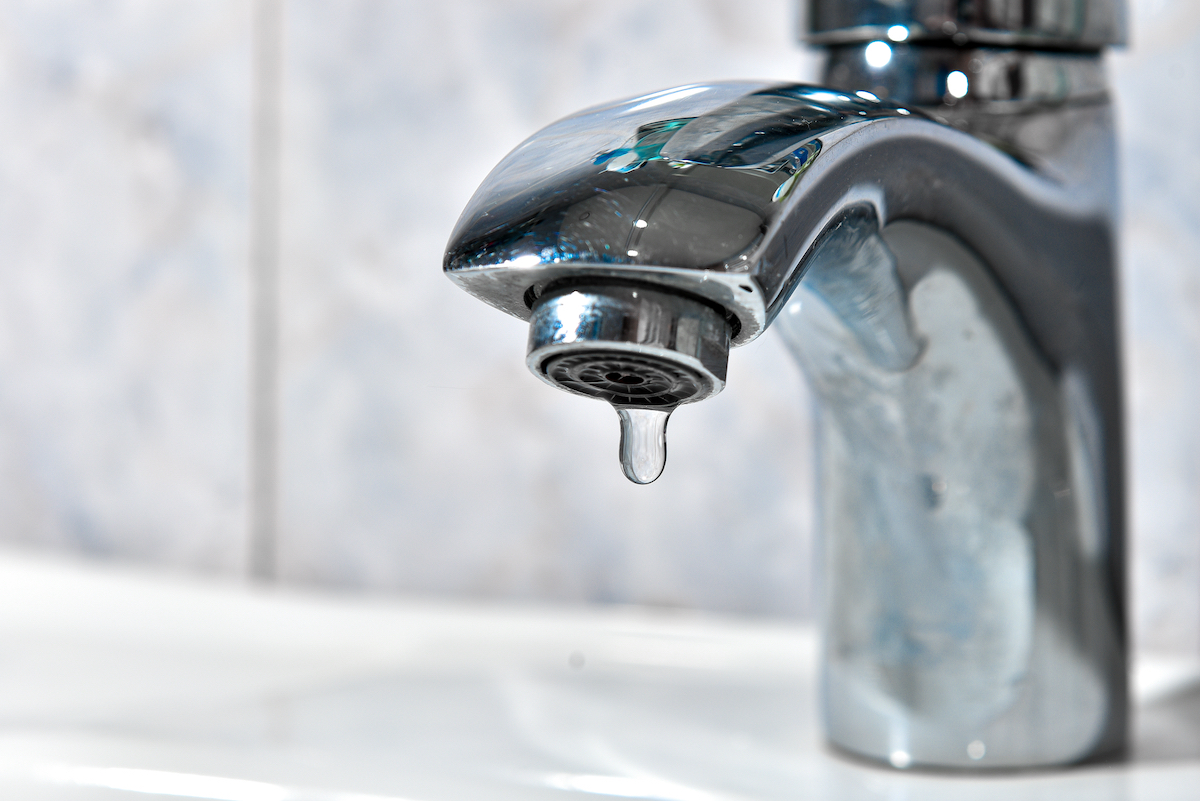They are making a few good annotation on Why Are My Faucets Dripping (And Can I Fix It Myself)? overall in the content further down.

Dripping taps could appear like a small inconvenience, however their influence goes beyond just the inconvenience of the noise. From drainage to sustaining unneeded economic costs and health risks, disregarding a leaking faucet can result in different repercussions. In this short article, we'll look into why it's crucial to address this common household issue immediately and effectively.
Wastage of Water
Ecological Effect
Dripping taps add substantially to water wastage. According to the Epa (EPA), a solitary faucet leaking at one drip per second can throw away more than 3,000 gallons of water each year. This not only pressures water resources yet also impacts communities and wild animals dependent on them.
Financial Costs
Boosted Water Costs
Beyond the ecological influence, dripping faucets can pump up water costs substantially. The built up waste in time equates right into greater energy expenditures, which can have been avoided with timely repairs.
Potential Building Damages
In addition, prolonged leaking can lead to damage to fixtures and surfaces surrounding the faucet. Water accumulation can cause discoloration, deterioration, and also architectural concerns if left ignored, leading to extra repair prices.
Health and wellness Concerns
Mold And Mildew and Mildew Development
The continuous visibility of moisture from a trickling faucet develops an optimal setting for mold and mold development. These fungi not just compromise indoor air high quality yet additionally position health and wellness dangers, specifically for individuals with respiratory system problems or allergies.
Waterborne Illness
Stationary water in trickling taps can become a breeding place for bacteria and other pathogens, enhancing the risk of waterborne diseases. Contaminants such as Legionella bacteria flourish in stagnant water, potentially leading to severe health problems when consumed or inhaled.
DIY vs. Specialist Fixing
Benefits and drawbacks of Do It Yourself Repair Work
While some may try to repair a dripping faucet themselves, do it yourself repair services come with their very own set of obstacles. Without appropriate expertise and tools, do it yourself attempts can aggravate the issue or result in insufficient repairs, extending the trouble.
Benefits of Working With a Professional Plumber
Employing an expert plumber makes certain that the underlying reason for the leaking tap is attended to successfully. Plumbings have the experience and devices to detect and repair faucet concerns efficiently, conserving time and lessening the threat of further damages.
Step-by-Step Overview to Fixing a Dripping Faucet
Devices Called for
Before attempting to repair a leaking tap, collect the needed devices, consisting of a flexible wrench, screwdrivers, substitute components (such as washers or cartridges), and plumber's tape.
Common Faucet Issues and Their Solutions
Identify the kind of faucet and the details problem causing the drip. Typical issues include worn-out washers, corroded valve seats, or defective O-rings. Refer to manufacturer guidelines or on-line tutorials for detailed advice on fixings.
Safety nets
Regular Upkeep Tips
To avoid dripping taps, do routine upkeep such as cleaning aerators, inspecting for leakages, and changing worn-out components promptly. In addition, consider mounting water-saving devices or upgrading to extra effective components.
Importance of Prompt Repairs
Attending to dripping faucets as soon as they're seen prevents further water waste and possible damages, inevitably saving both water and money over time.
Effect On Property Value
Perception of Well-Maintained Home
Preserving a building in good condition, consisting of resolving upkeep problems like dripping taps, boosts its viewed worth and worth among potential customers or occupants.
Influence on Resale Worth
Properties with properly maintained plumbing fixtures, consisting of faucets, command greater resale worths in the property market. Attending to dripping faucets can add to a positive impact during building evaluations and arrangements.
Environmental Obligation
Specific Contribution to Preservation
Taking obligation for repairing dripping faucets lines up with more comprehensive initiatives toward water conservation and environmental sustainability. Every individual's actions jointly make a substantial influence on preserving precious resources.
Sustainable Living Practices
By prioritizing prompt repairs and adopting water-saving habits, people add to lasting living methods that benefit both present and future generations.
Final thought
Attending to a dripping faucet surpasses simple benefit; it's a vital step towards conserving water, reducing economic costs, and safeguarding health and wellness and residential or commercial property. Whether via DIY fixings or professional aid, acting to deal with dripping taps is a tiny yet impactful way to advertise accountable stewardship of sources and contribute to a healthier, a lot more lasting future.
How to Fix a Leaky Faucet: Step-by-Step Repair Guide
A leaky faucet may seem like a simple annoyance, but if it's not fixed promptly, that leak could cost hundreds to potentially thousands. From water damage to mold, mildew, and high water bills, even a tiny leak can be catastrophic if left unattended. Damage like this can even affect the overall value of your home, so it's important to take the right approach for leaky faucet repair. You may need the help of a plumber in some cases, but we've got a few tips you can try on how to fix a leaky faucet before calling the pros.
Four Faucet Types
When you're learning how to fix a leaky faucet, the first step is knowing what kind of faucet you're working with! There are four common types.
Cartridge Faucets
Cartridge faucets come in one- or two-handled varieties. In one-handled cartridge faucets, hot and cold water combines in a single cartridge. In the two-handled versions, hot and cold water are controlled separately and mixed in the faucet.
Ball Faucets
Ball faucets have a single lever you push up and down to adjust the pressure and rotate to change the temperature. A slotted metal ball controls the amount of water allowed into the spout.
Compression Washer Faucets
They're the oldest type of faucet, but they're still used in many homes — especially older ones. Compression faucets have two separate handles that, when turned, raise or lower the washer that seals a water valve. This valve stops water from flowing through the faucet when it is turned off.
Disc Faucets
Disc faucets rarely need to be repaired due to their maintenance-free design. The water flow is controlled by two discs — the upper one raises and lowers against a fixed lower disc, creating a watertight seal. If your disc faucet starts leaking, you may need to replace the seals or clean residue buildup from the inlets.
Fixing a Leaky Faucet
Step 1: Turn Off the Water
Whether you're learning how to fix a leaky bathtub faucet or how to fix a leaky kitchen faucet, always turn off the water supply to your working area when you're fixing a leak. The last thing you want is a flood added to your list of things to fix.
Look for the shutoff valves below your sink or around the tub and turn them clockwise to stop the water flow. If your faucet doesn't have shutoff valves, you may need to turn off the water for the whole house. Check to make sure it's off by turning the faucet on. If nothing comes out, you're ready to start the repair.
Step 2: Take Apart the Faucet
How you disassemble your faucet depends on the type of fixture you have. You can use a flathead screwdriver to remove the caps on top of the handle or handles for cartridge and compression faucets. Inside, you should see handle screws. Unscrew these with a screwdriver to remove the handle.
Disc- and ball-style faucets will typically have an inlet screw near the handle, and removing that will reveal the interior of the faucet.
Detach the Valve Stem
For cartridge- and compression-style faucets, you'll see the inner valve stem or cartridge once you remove the faucet handles. If you have a compression faucet, unscrew the brass valve stem. If you have a cartridge faucet, pull out the cartridge. If your cartridge has been in place for a while, it may require some tools or extra force to remove it due to mineral deposits.
Examine and Replace Parts
Once you've removed the parts, check them out to confirm what needs to be replaced. You may see corroded rubber washers, O-rings, stems, or cartridges. On a ball-style faucet, check the seats and springs for damage.
If you need to repair a leaky disc faucet, check the inlet and seals on the lower disc.
Once you determine what parts must be replaced, visit your local hardware store. Bring the damaged parts with you to ensure you can purchase the correct components to replace them.
Clean Valves and Faucet Cavity
If you've removed a stem or cartridge, you may notice mineral buildup in the faucet's threads. Use white vinegar to clean the valve seat by soaking it for a few minutes, then scrub it away with a soft toothbrush and rinse with warm water. You can also clean the interior of the faucet in the same way.
Reassemble the Faucet
Once your faucet is cleaned and the required parts have been replaced, it's time to reassemble it. Put the pieces back together and slowly turn the water supply back on. Doing this slowly is crucial because too much initial water pressure can damage the new hardware you've just installed.
https://homewarranty.firstam.com/blog/how-to-fix-leaky-faucet

As a devoted person who reads on Water Dripping from Faucet: Why and How to Fix, I thought sharing that piece of content was a great idea. Enjoyed reading our entry? Please share it. Let others discover it. I truly appreciate reading our article about Leaky Faucets: Why They Happen & What to Do About Them.